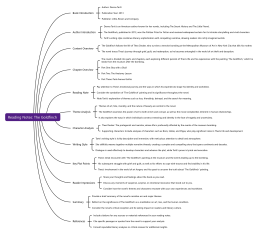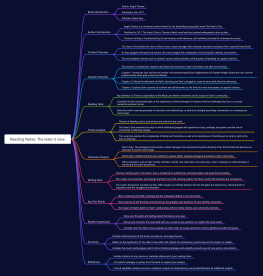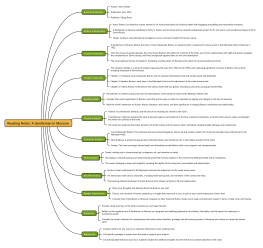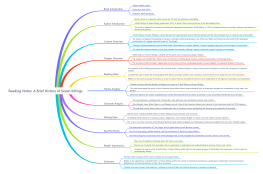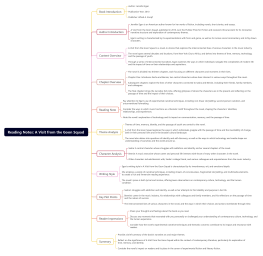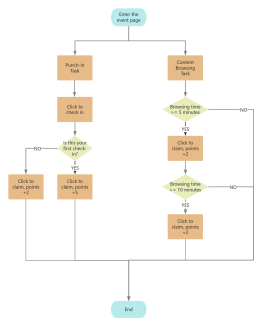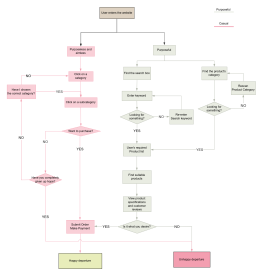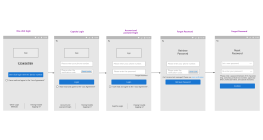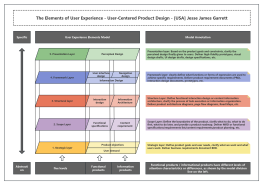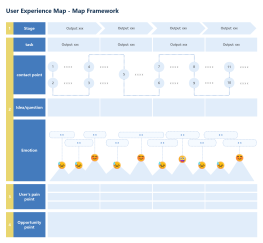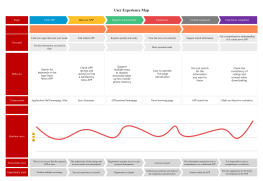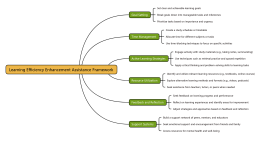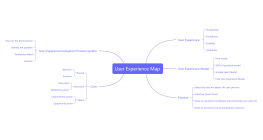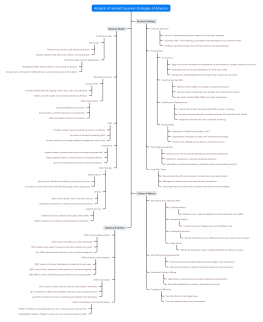User Experience Enhancement Strategies
2024-07-05 19:11:40 305 1 Report 0
0
Login to view full content
Other creations by the author
Outline/Content
Introduction
Purpose
Define the purpose of enhancing user experience and its importance to the product or service.
Overview
Provide a brief overview of the key strategies for improving user experience.
User Research
User Interviews
Conduct interviews with users to understand their goals, challenges, and preferences.
Surveys
Gather feedback through surveys to collect quantitative data about user satisfaction and pain points.
Observational Studies
Observe users in their natural environment to gain insights into their behavior and interactions.
User Persona Development
Persona Creation
Develop user personas based on research findings to represent different user types and their characteristics.
Persona Empathy
Encourage empathy with user personas among product development teams to better understand user needs.
Persona Validation
Validate user personas through testing and iteration to ensure they accurately reflect user needs.
Usability Testing
Prototype Testing
Create prototypes of the product or features and test them with users to identify usability issues.
Task-based Testing
Design task-based scenarios for users to complete during testing to assess ease of use and effectiveness.
Feedback Collection
Collect feedback from users during testing sessions to understand pain points and areas for improvement.
Accessibility
WCAG Compliance
Ensure compliance with Web Content Accessibility Guidelines (WCAG) to make the product accessible to users with disabilities.
Screen Reader Compatibility
Test compatibility with screen readers and assistive technologies to ensure accessibility for visually impaired users.
Keyboard Navigation
Enable keyboard navigation and shortcuts to accommodate users who cannot use a mouse or touch screen.
Responsive Design
Mobile Optimization
Optimize the user experience for mobile devices by ensuring responsive design and mobile-friendly layouts.
Cross-browser Compatibility
Test compatibility across different web browsers and devices to ensure consistent experience.
Performance Optimization
Optimize performance to reduce load times and improve user experience on slower networks or devices.
Personalization
User Preferences
Allow users to customize their experience by setting preferences such as language, theme, or content preferences.
Recommendation Engines
Implement recommendation engines to personalize content or product recommendations based on user behavior and preferences.
Contextualization
Deliver contextual experiences by adapting content or features based on user location, device, or behavior.
Continuous Improvement
Feedback Loop
Establish a feedback loop to collect ongoing feedback from users and iterate on the product based on their input.
User Analytics
Use analytics tools to track user behavior, engagement, and satisfaction metrics to inform UX improvements.
A/B Testing
Conduct A/B tests to compare different design variations and identify the most effective solutions.
Conclusion
Summary
Summarize the key strategies for enhancing user experience and their impact on product success.
Future Directions
Discuss potential future directions for further improving user experience based on emerging trends and technologies.
0 Comments
Next page
Recommended for you
More

